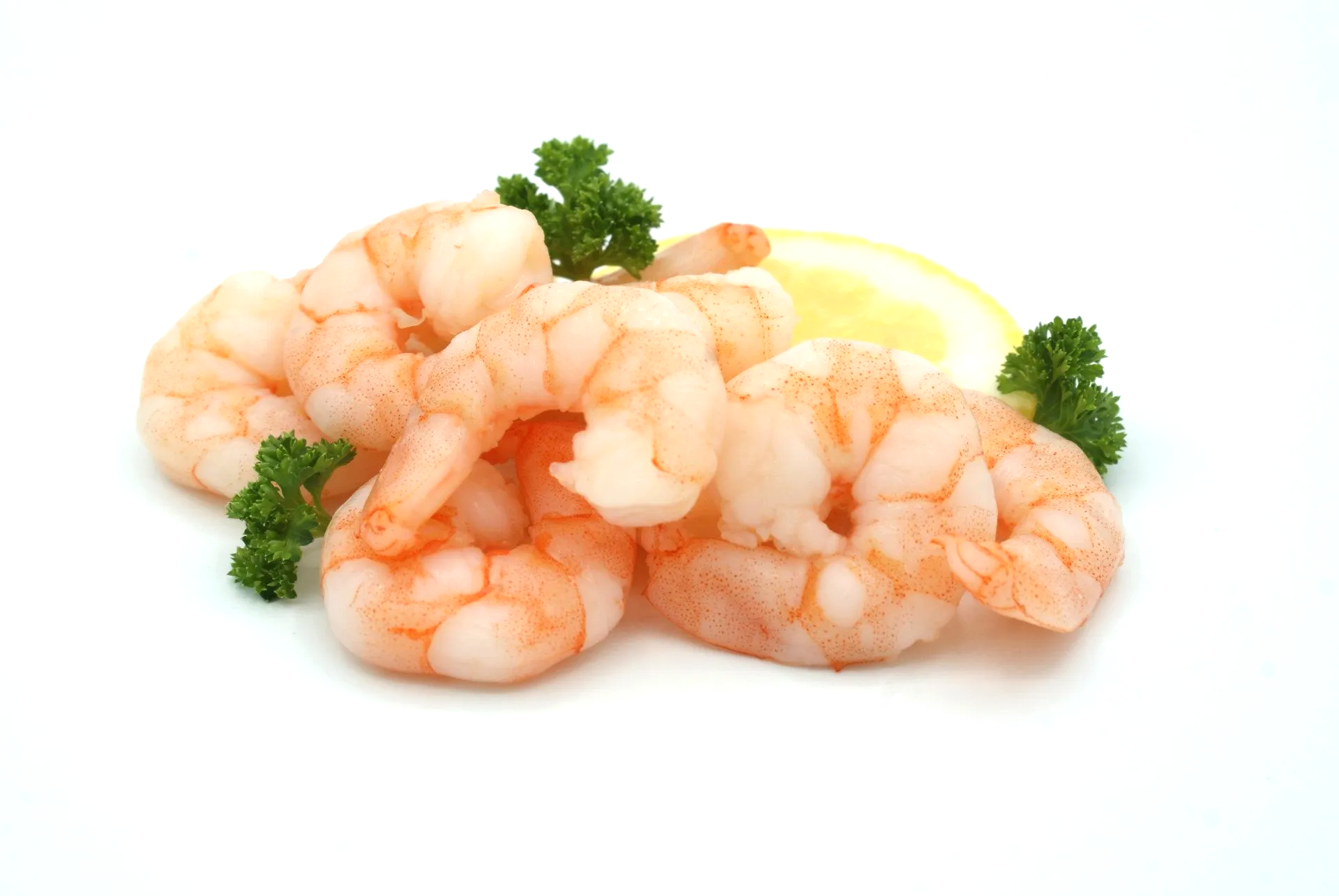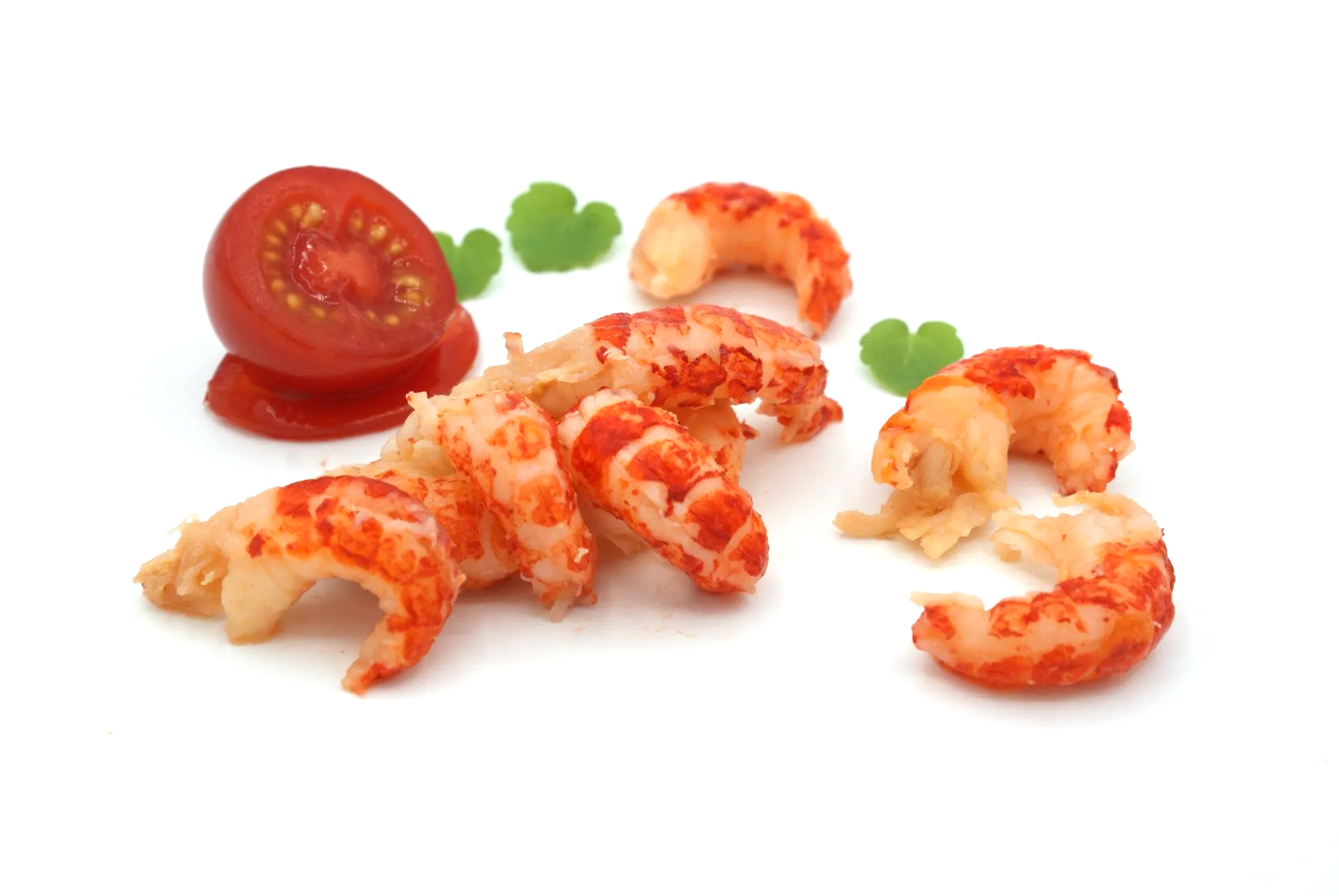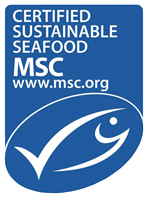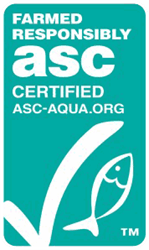Hendrikson Shrimping BV
Sluisweg 22
9974 RJ Zoutkamp
T: 31(0)595-401094
E-mail: info@hendriksonbv.com
24/7 at your service 0031 (0)595 401094
Products
Shrimp
Vannamei
The Vannamei shrimp is a tropical shrimp that is farmed in areas near the equator, generally along the coast in artificial ponds. This farming is increasingly being certified as sustainable in accordance with the ASC standard.
- Commercial name Vannamei shrimp or whiteleg shrimp
- Scientific name Litopenaeus vannamei
- Family Penaeidae
- Catch area Indonesia, Thailand, Vietnam, China, India, Ecuador, Colombia
- Catch season Two-three times/year
- Available as Cooked peeled, IQF
- Available sizes: 51/60, 60/90, 90/120, 100/200, 200/300 and broken pcs/lbs.
- Packaging: 1 x 10 kg
- Sustainability details: ASC certified.
North Sea shrimp
The North Sea shrimp is caught close to home. Their salty, slightly sweet flavour makes them a very tasty shrimp. North Sea shrimp is a popular product, used for such classic recipes as shrimp croquettes and shrimp cocktail. North Sea shrimp are caught and immediately graded, cooked and cooled on board.
- Commercial name North Sea shrimp or brown shrimp
- Scientific name Crangon crangon
- Family Crangonidae
- Catch area North Sea
- Catch method Shrimp trawl
- Catch season Year round with a peak in September-October
- Available as : cooked whole and peeled, frozen and fresh
- Available sizes Whole: I, II and III
- Packaging: frozen 1 x 10 kg or fresh 2 x 7 kg
- Sustainability details: The brown shrimp fisheries in the Netherlands, Germany and Denmark is MSC certified.
Pink shrimp
These are the familiar pink shrimp. Various species of the Penaeidae family are used. They are fished in the coastal areas of India. This small shrimp is peeled, cooked and frozen immediately after the catch. The small digestive tract is not removed.
- Commercial name Wild catch tropical shrimp
- Scientific name Penaeidae
- Family Penaeidae
- Catch area Indian Ocean
- Catch method Trawling
- Catch season East coast India: June-April - West coast India: August-June
- Available as Cooked and peeled IQF
- Available sizes: 200/300 and 300/500
- Packaging: 1 x 10 kg nett weight, nett count
- Sustainability details So far, there are no tropical shrimp fisheries in India with a sustainability certification.
Black Pink shrimp
The Black Pink shrimp is an shrimp which can be found in the wild state either in the sea or in the mangrove according to the various stages of its life.
It is on the Kalimantan island, “cradle” of the farmed Black pink shrimp in Indonesia, where the farms are settled. These shrimps are produced in a traditional way in ponds which exist for more than 500 years. These ponds are called Tambak in Indonesia.
There is no artificial feed used at these farms. This is possible due to the very low density of farming, characteristic of the extensive mode of production.
Water supply comes from by the river and the tides. No pump house is necessary because of the ideal topography of the site which allows regular renewals of ponds by gravity.
- Commercial name Black Pink shrimp
- Scientific name Metapenaeus Affinis
- Family Penaeidae
- Catch area Indonesia
- Catch season whole year round
- Available as Cooked and peeled block frozen
- Available sizes: 60/90, 90/120 and 100/200
- Packaging: 6 x 1.8 kg
- Sustainability details So far, The fishery is very sustainable: farming methods are extensive, no bottom destruction, no energy cost, no overfishing.
Crayfish
Crayfish
The crayfish is caught in the months from May to July, in lakes and rivers in China, using traps. The crayfish is delivered daily, live, to the processor, where they are cooked and peeled.
- Commercial name Crayfish
- Scientific name Procambarus clarkii
- Family Cambaridae
- Catch area Inland fishery in China
- Catch method Net fishing, traps
- Catch season May to July
- Available as frozen, cooked and peeled.
- Available sizes 100/150 up to 200/300 pcs/lbs
- Packaging: frozen 6 x 2 kg
- Sustainability details The fishery is very sustainable: fishing methods are extensive, no bottom destruction, low energy cost, no overfishing.
All rights reserved | Hendrikson BV
General conditions Privacy & Cookies Design: Project77










